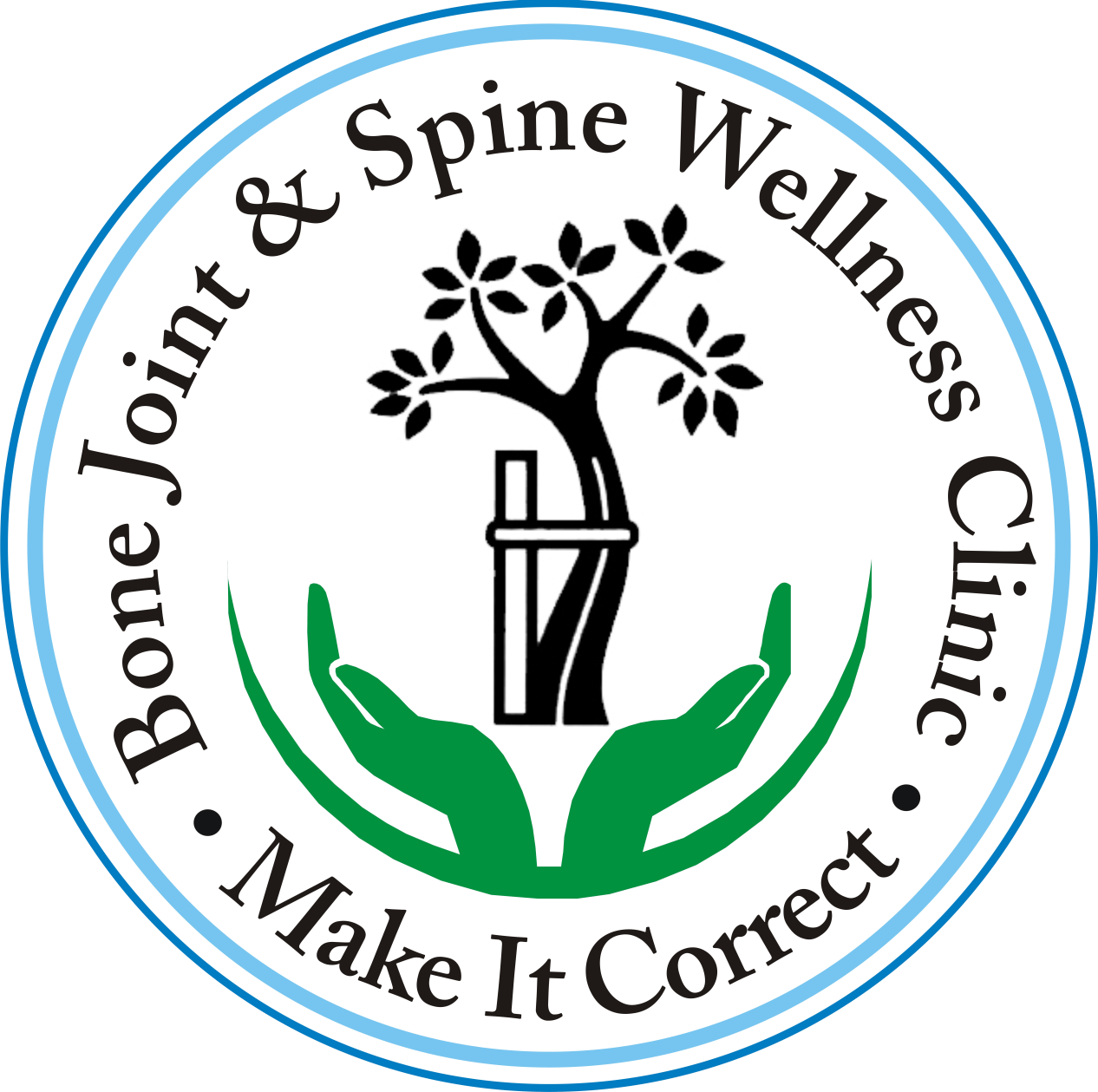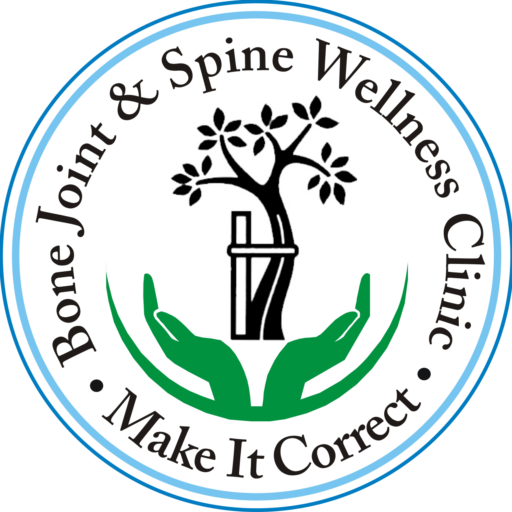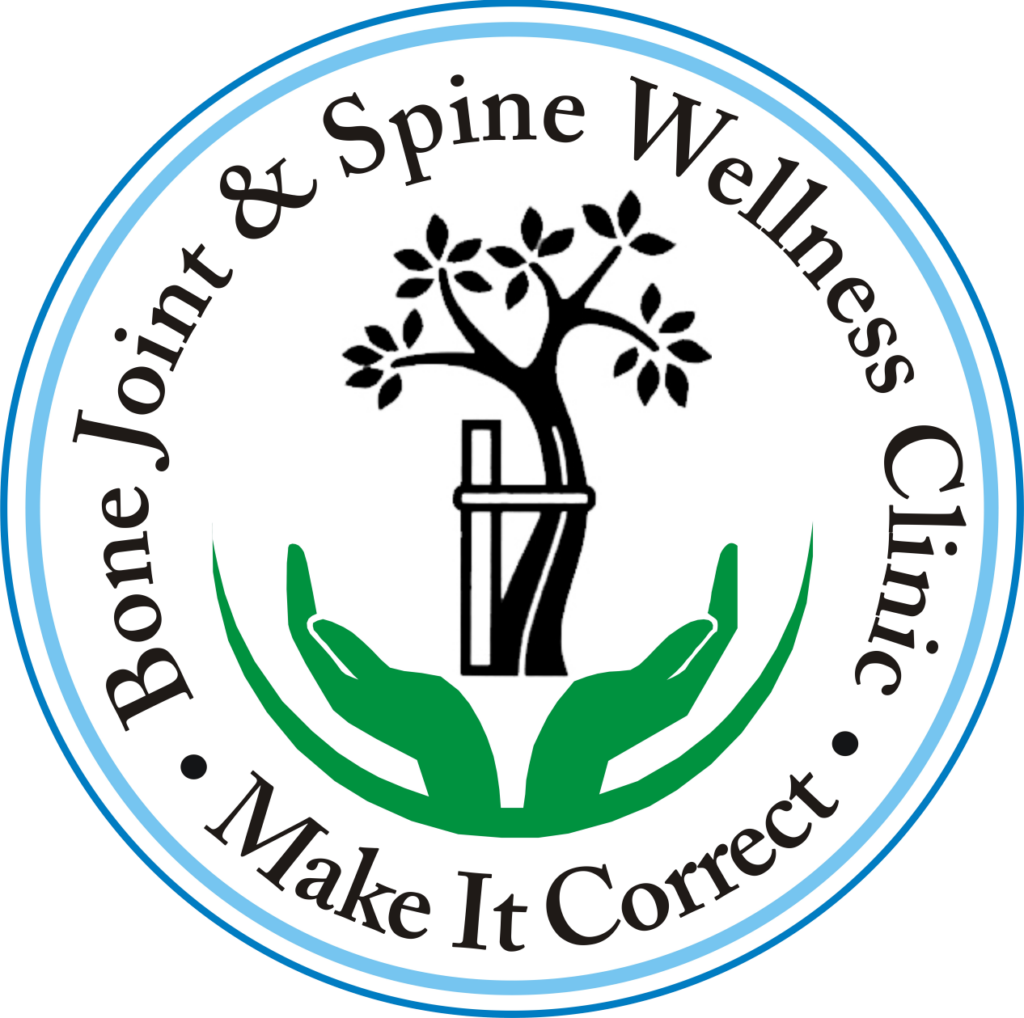Best Knee Cap Problems Treatment in Indore
The knee cap, or patella, is a critical component of the knee joint that aids in smooth movement and weight distribution. A knee cap problem can lead to discomfort, restricted mobility, and, in severe cases, long-term complications. Common issues affecting the knee cap include misalignment, cartilage damage, fractures, and arthritis. Identifying and addressing these problems promptly is essential for maintaining knee health.
Causes of Knee Cap Problems
Several factors contribute to knee cap problems, such as:
- Injuries or Trauma: Falls, accidents, or direct blows can cause fractures or dislocations.
- Overuse: Repetitive stress from activities like running or jumping may lead to conditions like patellar tendinitis.
- Arthritis: Osteoarthritis and rheumatoid arthritis can deteriorate the cartilage beneath the knee cap.
- Misalignment: Structural abnormalities, like a high-riding patella or uneven muscle strength, can lead to improper tracking.
- Weak Muscles: Insufficient strength in the quadriceps may compromise knee cap stability.
- Obesity: Excessive weight puts additional stress on the knee cap and joint.
- Congenital Conditions: Genetic predispositions or developmental issues can also contribute.
Symptoms of Knee Cap Problems
Symptoms vary depending on the underlying issue but often include:
- Pain: Discomfort, especially during movement or while climbing stairs.
- Swelling: Inflammation around the knee joint.
- Instability: A feeling of the knee giving way.
- Grinding or Clicking: Sensation of grinding or popping during movement.
- Restricted Movement: Difficulty bending or straightening the knee fully.
- Tenderness: Sensitivity around the knee cap.
Treatment Options for Knee Cap Problems
1. Medication
- Pain Relievers: Non-steroidal anti-inflammatory drugs (NSAIDs) to alleviate pain and inflammation.
- Corticosteroid Injections: For severe pain and swelling.
2. Physical Therapy
- Strengthening exercises to stabilize the knee.
- Stretching routines to improve flexibility.
- Focused therapy to correct misalignment and enhance mobility.
3. Laser Therapy
- How It Works: Low-level lasers target the affected area to stimulate cellular repair and reduce inflammation.
- Benefits:
- Non-invasive pain relief.
- Accelerates tissue healing.
- Improves blood circulation.
- Applications: Effective for chronic pain, tendinitis, and arthritis affecting the knee cap.
4. Shock Wave Therapy
- How It Works: Acoustic waves stimulate healing by improving blood flow and breaking down scar tissue.
- Benefits:
- Promotes regeneration of soft tissues.
- Reduces pain and enhances mobility.
- Minimally invasive with quick recovery.
- Applications: Ideal for treating patellar tendinitis and other soft tissue injuries.
5. Surgical Intervention
- Arthroscopy: Minimally invasive surgery to repair or remove damaged cartilage.
- Realignment Surgery: Corrects misaligned knee caps.
- Knee Replacement: For severe arthritis or irreparable damage.
6. Lifestyle Modifications
- Weight Management: Reducing weight to decrease stress on the knee.
- Proper Footwear: Using supportive shoes to maintain proper alignment.
- Activity Adjustment: Avoiding high-impact activities that exacerbate symptoms.
Recovery and Rehabilitation
1. Post-Treatment Care
- Follow prescribed physical therapy regimens for optimal recovery.
- Use assistive devices like knee braces if recommended.
2. Expected Recovery Timeline
- Recovery varies based on the severity and treatment method, ranging from weeks to several months.
3. Supportive Measures
- Engage in low-impact exercises like swimming.
- Regular follow-up visits to monitor progress.
Why Choose Our Expertise
Choosing the right healthcare provider is vital for effective knee cap problem treatment. Here’s why we stand out:
- Advanced Diagnostic Tools: Accurate assessment to identify underlying causes.
- Innovative Therapies: Expertise in laser and shock wave therapies for minimally invasive solutions.
- Personalized Care: Treatment plans tailored to individual needs.
- Skilled Team: Experienced professionals in orthopedic and musculoskeletal care.
- Modern Facilities: State-of-the-art technology for precise interventions.
Frequently Asked Questions:
- What causes knee cap pain?
Knee cap pain can result from injuries, arthritis, overuse, or misalignment. Identifying the root cause is crucial for effective treatment. - Is knee cap pain treatable without surgery?
Yes, many cases can be managed with physical therapy, medications, laser therapy, or shock wave therapy. - How does laser therapy help with knee cap problems?
Laser therapy reduces inflammation, promotes tissue repair, and alleviates pain without invasive procedures. - What are the benefits of shock wave therapy?
Shock wave therapy accelerates healing, breaks down scar tissue, and reduces pain, making it ideal for soft tissue injuries. - How long does recovery take?
Recovery depends on the condition’s severity and treatment type, typically ranging from a few weeks to months. - Are knee cap problems preventable?
Maintaining a healthy weight, exercising regularly, and avoiding high-impact activities can help prevent issues. - When should I consult a doctor for knee cap pain?
Seek medical advice if pain persists, worsens, or is accompanied by swelling or instability. - Can knee cap problems recur after treatment?
With proper care and adherence to preventive measures, recurrence can often be minimized. - Is physical therapy necessary after surgery?
Yes, physical therapy is essential to regain strength and mobility post-surgery. - How do I know if laser or shock wave therapy is right for me?
A healthcare professional will assess your condition and recommend the most suitable treatment option. - Are braces helpful in kneecap problems?
Yes, braces stabilize the patella and reduce pain. Orthopedic in Indore will suggest which type of brace is suitable for your condition. - What problems can occur if knee cap motion is not correct?
If the cop doesn’t move smoothly, symptoms like friction, pain, and difficulty walking can appear. It is better to meet the best orthopedic in Indore to assess it properly. - Do knee cap problems require injection therapy?
Injections are beneficial as part of treatment when swelling or inflammation is high. Orthopedic surgeon in Indore will decide if this treatment is suitable for you. - How to prevent knee cap problems from becoming chronic?
Actions like increasing muscle strength, doing proper exercises, and changing bad sitting habits can help. The best orthopedic surgeon in Indore referrals are mandatory for long-term prevention.


